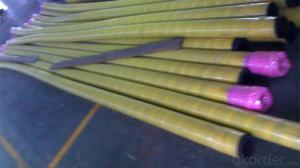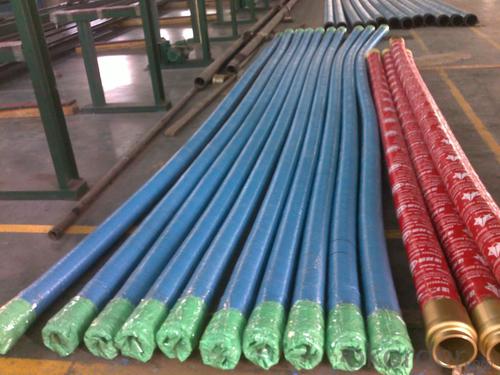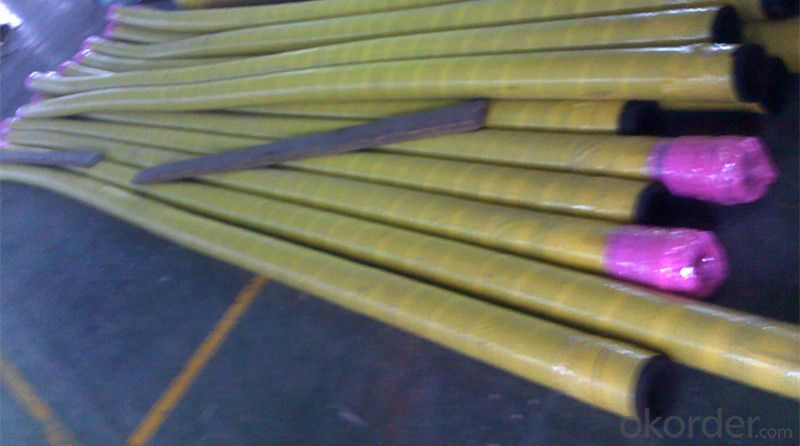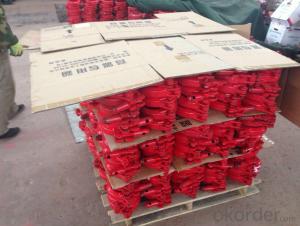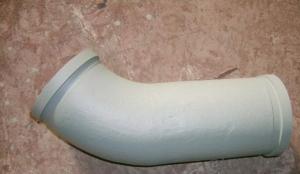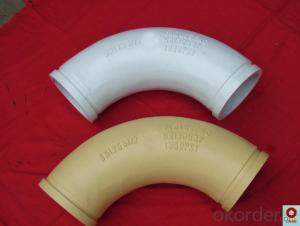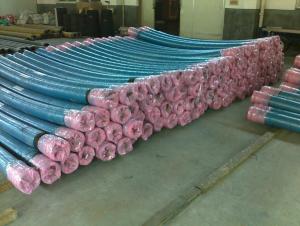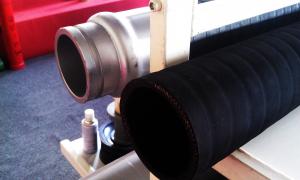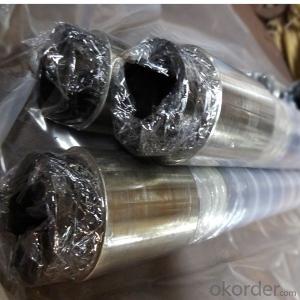Concrete Pump Rubber End Hose DN100 with 7M
- Loading Port:
- Shanghai
- Payment Terms:
- TT OR LC
- Min Order Qty:
- 1 PCS
- Supply Capability:
- 1000 PCS/month
OKorder Service Pledge
OKorder Financial Service
You Might Also Like
Product Description:
1. Specification
DN100*7M CONCRETE PUMP RUBBER HOSE
1.Work Pressure:85~1250(BAR/PSI)
2.Burst Pressure:200 to 2940(BAR/PSI)
3.Working life:20000m³
4.The inside of hose is high abrasion resistant.
5.Integrated hose end and inner wall harden,prolong work life.
Name | Concrete rubber hose; Delivery hose; End hose; Concrete pump hose; Boom hose |
Size | 2"/2.5"/3"/3.5"/4"/4.5"/5"/6"or according to client’s requirement |
Length | 3M,5 or Any length |
Reinforcement | Steel wire, tire cord or fabric |
Hose End | Galvanized, inner wall harden |
Application | Schwing, Putzmeister, Sany, Zoomlion, etc |
2. Application
1.Applacation:delivery concrete
2.Suitable for the various :Schwing, CIFA,PM, Zoomlion ,SANY and so on.
3. Package
Put into containers.
FAQ:
Q1: Why buy Materials & Equipment from OKorder.com?
A1: All products have its ISO certifications, adheres to the highest standards and a commitment to supply chain safety and customer satisfaction.
Q2: How do we guarantee the quality of our products?
A2: We have established an advanced quality management system which conducts strict quality tests at every step, from raw materials to the final product. At the same time, we provide extensive follow-up service assurances as required.
Q3: How soon can we receive the product after purchase?
A3: Within three days of placing an order, we will begin production. The specific shipping date is dependent upon international and government factors, but is typically 10 to 30 workdays.
Q4: If we can produce DN100*7M CONCRETE PUMP RUBBER HOSE according to customers request?
A4: Yes, we can produce DN100*7M CONCRETE PUMP RUBBER HOSE according to the difference country situations to make it suitable to the market and customers. We have very professional technical team to make the design.
Q5: How to make a quick resolution for after service?
A5: We have overseas branches all-around of world, If needed, the seller shall dispatch 2 engineers to the buyer's site for supervision of training. The buyer shall make available of necessary facilities &skilled personnel at site for training.
Image:

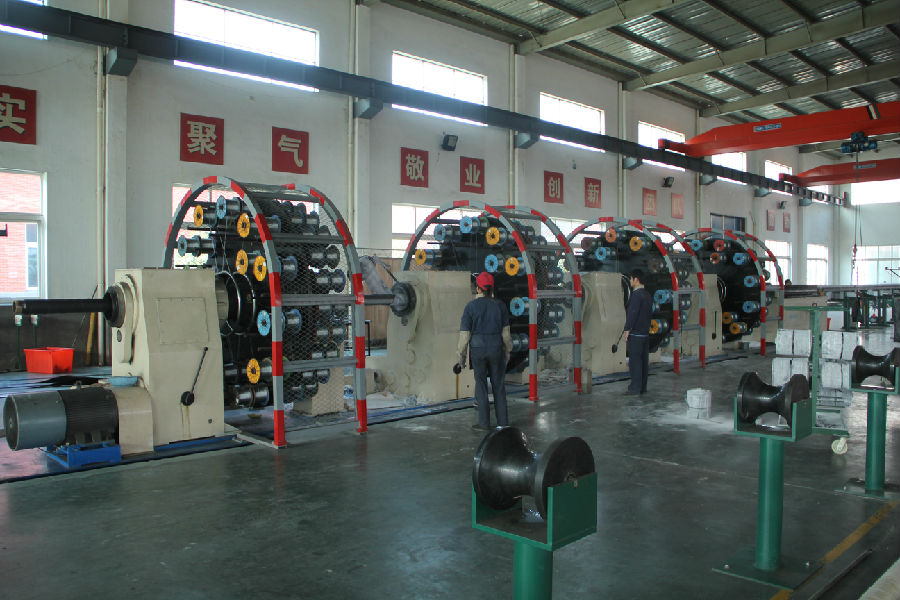
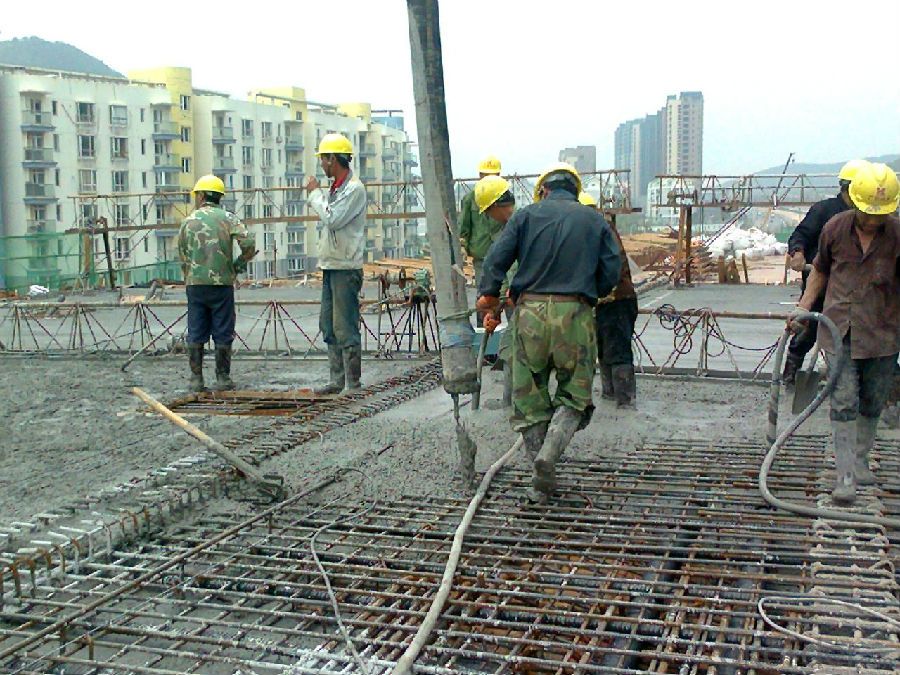
- Q: Are there any maintenance tips to extend the lifespan of concrete pump spare parts?
- Yes, there are several maintenance tips that can help extend the lifespan of concrete pump spare parts. 1. Regular Cleaning: It is important to regularly clean the spare parts to remove any dirt, debris, or concrete buildup. This can be done using a brush, water, and mild detergent. Cleaning helps prevent corrosion and ensures smooth operation. 2. Lubrication: Proper lubrication of moving parts is crucial to reduce friction and wear. It is important to follow the manufacturer's recommendations for lubrication intervals and use high-quality lubricants. Regularly inspect the lubrication points and replace any worn-out or damaged lubrication components. 3. Inspections and Maintenance: Regular inspections of all spare parts are necessary to identify any signs of wear, damage, or misalignment. Any issues should be repaired or replaced promptly. Additionally, following the maintenance schedule provided by the manufacturer is essential to address any potential problems before they escalate. 4. Proper Storage: When not in use, spare parts should be stored in a clean and dry environment to prevent rust and corrosion. They should be protected from extreme temperatures, moisture, and direct sunlight. Additionally, spare parts should be stored in a way that prevents any damage or deformation. 5. Correct Usage: It is crucial to operate the concrete pump in accordance with the manufacturer's guidelines. Overloading, excessive pressure, or improper operation can lead to premature wear and damage to the spare parts. Proper training should be provided to the operators to ensure they understand the correct usage techniques. 6. Regular Maintenance of the Concrete Pump: The overall condition of the concrete pump can have an impact on the lifespan of the spare parts. Regular maintenance of the pump, including cleaning, lubrication, and inspections, can help identify and address any potential issues that may affect the spare parts. By following these maintenance tips, the lifespan of concrete pump spare parts can be extended, reducing the need for frequent replacements and saving costs in the long run.
- Q: Can concrete pump spare parts be used interchangeably between different pump brands or models?
- No, concrete pump spare parts cannot be used interchangeably between different pump brands or models. Each pump brand and model is designed with specific specifications and dimensions, so the spare parts need to be specifically manufactured to fit those requirements. Attempting to use spare parts from a different brand or model may result in compatibility issues or even damage to the pump. It is always recommended to use genuine spare parts from the same brand or model to ensure proper functioning and longevity of the pump.
- Q: Can a concrete pump wear plate be repaired or does it need to be replaced entirely?
- A concrete pump wear plate can be repaired in some cases, but it depends on the extent of the damage. If the wear plate has minor cracks or small areas of wear, it can often be repaired by welding or patching. However, if the damage is extensive or if the wear plate is severely worn out, it may need to be replaced entirely to ensure the optimal performance and safety of the concrete pump.
- Q: What is the farthest pumping distance of concrete pump truck?
- Concrete pump, commonly known as to pump, or supporting pump, pumping height is determined by the power of the engine, 08 years in Guangzhou pearl, vanda heavy section pump made of C100 high strength concrete vertical height of 411 meters world record, the engine for the 572KW
- Q: Are there any specific guidelines for the installation of seal kits or O-rings in concrete pump spare parts?
- Concrete pump spare parts have specific guidelines for the installation of seal kits or O-rings. Here are some general guidelines you should follow: 1. Prioritize safety: Before attempting installation, make sure the concrete pump is turned off and depressurized. Protect yourself by wearing appropriate safety gear like gloves and goggles. 2. Prepare the area: Thoroughly clean the installation area to ensure a smooth and debris-free surface for the seal kits or O-rings. 3. Inspect the parts: Before installation, carefully examine the seal kits or O-rings for any defects or damage. Replace any faulty parts with new ones. 4. Apply lubrication: To facilitate installation and prevent damage, use a small amount of compatible lubricant or hydraulic oil on the seal kits or O-rings. Ensure the lubricant is suitable for the materials used. 5. Align correctly: Align the seal kits or O-rings with their respective grooves or seating areas in the concrete pump. Make sure they are properly seated and positioned. 6. Install properly: Use the appropriate tools and techniques to install the seal kits or O-rings. Avoid applying excessive force or bending, as this can cause damage or improper sealing. 7. Test for functionality: After installation, test the concrete pump to ensure the seal kits or O-rings are functioning properly. Check for leaks or any abnormal behavior during operation. 8. Maintain regularly: Regular inspection and maintenance are crucial for the longevity and optimal performance of the seal kits or O-rings. Follow the manufacturer's recommended maintenance schedule and guidelines. It's important to note that these guidelines are general and may vary depending on the specific make and model of the concrete pump. Always consult the manufacturer's instructions and guidelines for the particular seal kits or O-rings being installed.
- Q: Can concrete pump spare parts be repaired or refurbished?
- Concrete pump spare parts have the potential to be repaired or refurbished. Spare parts such as seals, bearings, valves, and hydraulic components can undergo repair or refurbishment processes, which can effectively prolong their lifespan and result in cost savings. The repair or refurbishment of these parts may involve the replacement of worn-out or damaged components, the reconditioning or re-machining of certain parts, and the execution of necessary maintenance and testing procedures to ensure their proper functionality. Moreover, some manufacturers or specialized companies may provide services specifically for repairing or refurbishing specific concrete pump spare parts, offering a more cost-effective alternative to purchasing entirely new parts. Nevertheless, it is crucial to acknowledge that not all spare parts are suitable for repair or refurbishment, especially if they are severely damaged or have exceeded their recommended service life. In such circumstances, it may be more practical and safer to opt for the replacement of these parts with new ones.
- Q: What are the types, classifications and specifications of concrete pump?
- In accordance with the export pressure rating label, divided into low pressure pump (5MPa), medium pressure and high pressure pump pump (6-10MPs) (>10MPa)
- Q: What are the precautions for gas washing of concrete pump?
- If it is found that the wash is not moving, it should first close the intake valve, and then slowly open the exhaust valve bleeding, and then try to segment cleaning.
- Q: What are the different types of concrete pump rubber pistons?
- There are several different types of concrete pump rubber pistons available in the market, each designed for specific applications and requirements. Some of the commonly used types include: 1. Single-Action Piston: This type of piston is designed to push the concrete forward during the pumping process. It moves in a single direction, providing a consistent and efficient flow of concrete. 2. Double-Action Piston: Unlike the single-action piston, the double-action piston can move in both directions. This allows for a more versatile pumping process and can be useful in situations where there are obstacles or restrictions in the pump line. 3. Steel Reinforced Piston: These pistons are reinforced with steel to provide additional strength and durability. They are commonly used in high-pressure pumping applications or when pumping abrasive materials. 4. Polyurethane Piston: Polyurethane pistons are known for their excellent wear resistance and longevity. They are often used in demanding pumping conditions where durability is crucial. 5. Rubber Sponge Piston: Rubber sponge pistons are designed to have a soft and flexible surface, allowing them to conform to irregularities in the pump line. They are particularly useful in situations where there may be bends or corners in the line. 6. Bonded Piston: Bonded pistons are made by bonding a rubber or polyurethane material to a metal core. This combination provides both the flexibility of rubber and the strength of metal, making them suitable for various pumping applications. It is important to choose the right type of concrete pump rubber piston based on the specific requirements of the project. Factors such as pumping pressure, material being pumped, and environmental conditions should be considered to ensure optimal performance and longevity of the piston.
- Q: How can a faulty oil cooler affect the pump's hydraulic system?
- The pump's hydraulic system can be affected in multiple ways by a defective oil cooler. Firstly, it is the responsibility of the oil cooler to maintain the hydraulic oil at an optimal temperature. If the oil cooler is flawed and fails to cool the oil efficiently, the hydraulic oil may become overheated. This can result in a decrease in the oil's viscosity, causing it to lose its lubricating properties. Consequently, the pump's moving parts may experience heightened friction and wear, leading to reduced efficiency and potential damage to the pump itself. Secondly, a defective oil cooler can lead to inadequate cooling of the hydraulic oil, resulting in elevated temperatures within the system. Elevated temperatures can cause the oil to oxidize, leading to the formation of sludge and varnish deposits. These deposits can obstruct the smooth operation of the hydraulic system, including the pump, valves, and other components, potentially causing malfunctions. Furthermore, a faulty oil cooler can also cause a decrease in the rate of oil flow. If the oil cooler is not functioning properly, it can restrict the flow of hydraulic oil, reducing the amount of oil available for the pump's operation. This can result in decreased hydraulic pressure, affecting the pump's performance and potentially causing issues such as reduced power output or inadequate operation of hydraulic actuators. In summary, a defective oil cooler can have negative effects on the pump's hydraulic system, including overheating, increased friction and wear, the formation of deposits, and a reduced oil flow rate. It is essential to regularly inspect and maintain the oil cooler to ensure proper functioning and prevent potential damage to the hydraulic system.
Send your message to us
Concrete Pump Rubber End Hose DN100 with 7M
- Loading Port:
- Shanghai
- Payment Terms:
- TT OR LC
- Min Order Qty:
- 1 PCS
- Supply Capability:
- 1000 PCS/month
OKorder Service Pledge
OKorder Financial Service
Similar products
Hot products
Hot Searches
Related keywords


